Green Velvet Boxwood Companion Plants That Will
Green Velvet Boxwood Companion Plants That Will Enhance Your Landscape
Green velvet boxwood is a beautiful and versatile plant that can be used in a variety of landscape settings. It is a low-maintenance shrub that is tolerant of shade and can be sheared into formal shapes or allowed to grow naturally. Green velvet boxwood also makes an excellent hedge or border plant.
One of the best things about green velvet boxwood is that it can be easily paired with other plants to create stunning and eye-catching combinations. When choosing companion plants for green velvet boxwood, there are a few factors to keep in mind. First, consider the size and growth habit of the other plants. You want to choose plants that will complement the size and shape of the green velvet boxwood. Second, consider the sun and shade requirements of the other plants. Green velvet boxwood can tolerate full sun to partial shade, so you will need to choose plants that have similar light requirements. Finally, consider the color and texture of the other plants. You want to choose plants that will create a visually appealing contrast with the green velvet boxwood.
Here are a few of our favorite companion plants for green velvet boxwood:
- Hydrangeas are a classic choice for companion plants with green velvet boxwood. They come in a variety of colors, including white, pink, blue, and purple. Hydrangeas also bloom in the summer, which helps to add interest to the landscape when the green velvet boxwood is not in bloom.

- Coneflowers are another great choice for companion plants with green velvet boxwood. They come in a variety of colors, including yellow, orange, red, and purple. Coneflowers bloom in the summer and attract butterflies and other pollinators.
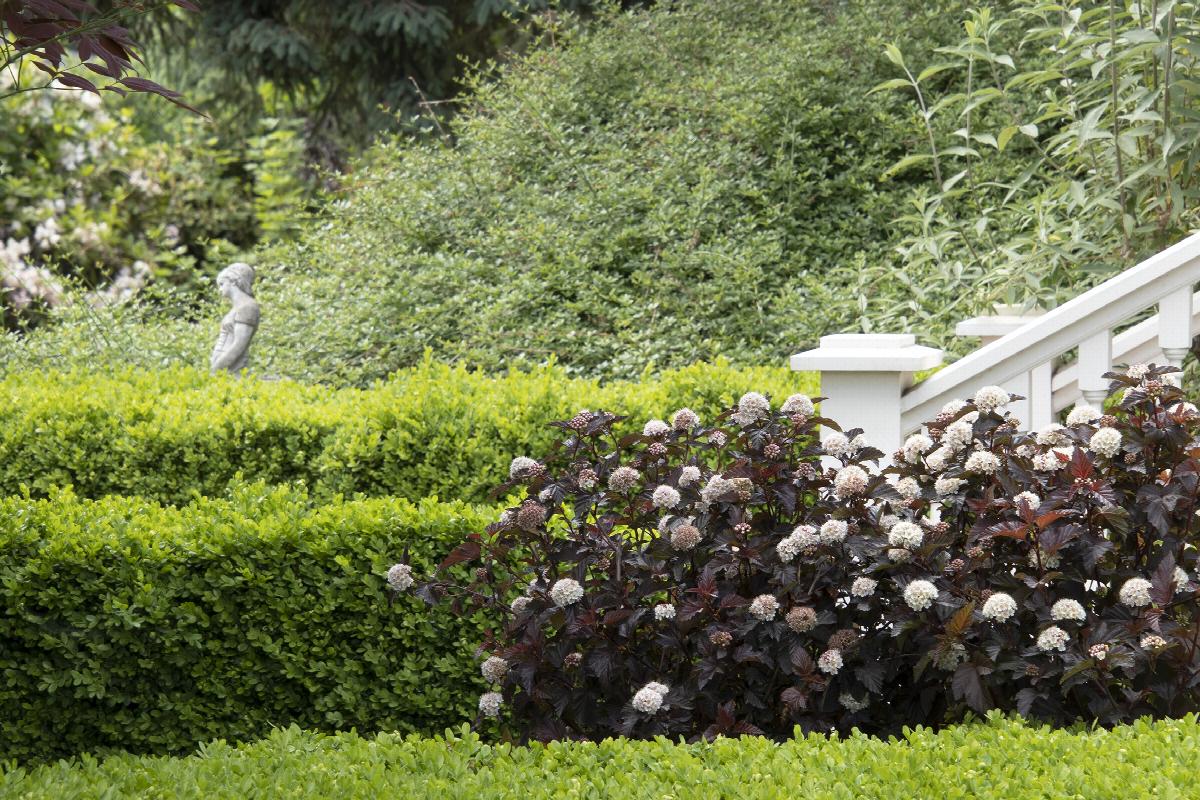
- Lilacs are a beautiful choice for companion plants with green velvet boxwood. They have fragrant flowers that bloom in the spring. Lilacs can grow quite large, so make sure to choose a variety that is suited for your space.

- Daylilies are a low-maintenance choice for companion plants with green velvet boxwood. They come in a variety of colors and bloom from early summer to fall. Daylilies are also drought-tolerant, making them a good choice for areas with hot, dry summers.

- Lavender is a fragrant choice for companion plants with green velvet boxwood. It blooms in the summer and attracts butterflies and other pollinators. Lavender is also drought-tolerant and can be used in sunny or shady areas.

These are just a few of the many companion plants that can be used with green velvet boxwood. With a little planning, you can create a beautiful and eye-catching landscape that features this versatile and attractive shrub.
Green velvet boxwoods are a beautiful addition to any garden, but they can look even better when paired with the right companion plants. Some of the best companion plants for green velvet boxwoods include:
- Summer Wine™ Ninebark: This shrub has bright red stems and foliage that provide a striking contrast to the green boxwood.
- Autumn Fire Sedum: This succulent plant produces fiery orange and red flowers in the fall, which will add a pop of color to your garden.
- Summer Peek-a-Boo Allium: This allium produces clusters of small, star-shaped flowers in shades of purple and white.
- Red Drift® Rose: This rose produces bright red flowers that bloom from spring to fall.
- Annabelle Hydrangea: This hydrangea produces large, white flowers that bloom in the summer.
For more information about green velvet boxwood companion plants, please visit Gardenia Inspiration. This website has a comprehensive list of companion plants for green velvet boxwoods, as well as helpful tips on how to plant and care for these plants.
FAQ of green velvet boxwood companion plants
1. What are some good companion plants for green velvet boxwood?
Green velvet boxwood is a versatile plant that can be paired with a variety of other plants. Some popular companion plants include:
- Russian sage: This late-blooming plant has beautiful blue flowers that contrast nicely with the green foliage of the boxwood.
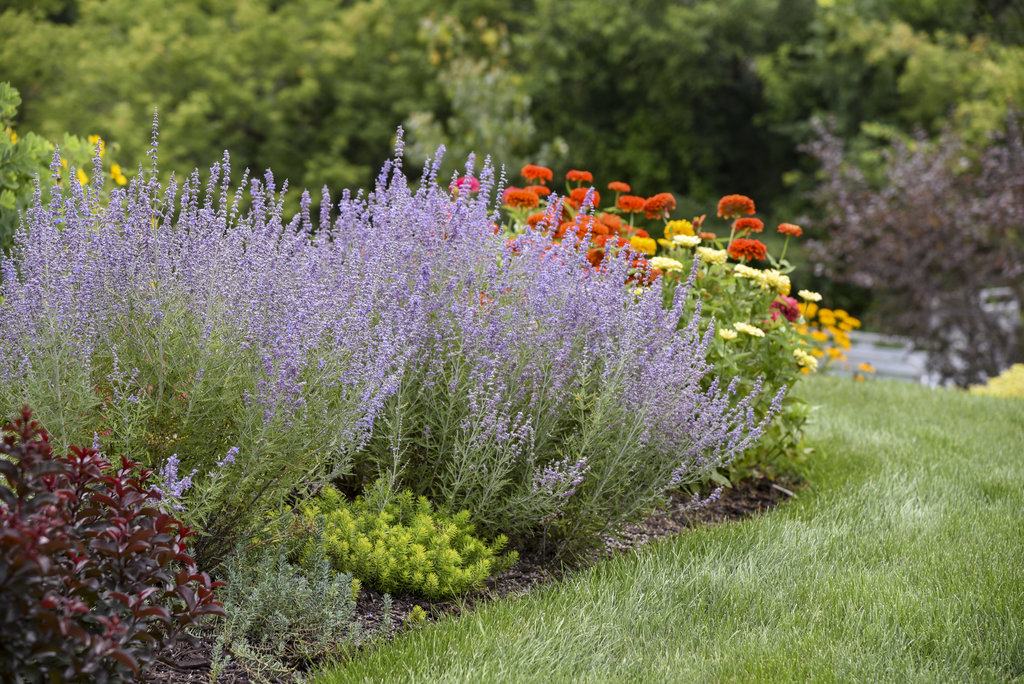
- French lavender: This drought-tolerant plant has fragrant purple flowers that add a touch of elegance to any garden.
- Tree rose: This fragrant shrub has beautiful blooms that come in a variety of colors.
- Hydrangea: This popular flowering shrub is known for its large, showy blooms.
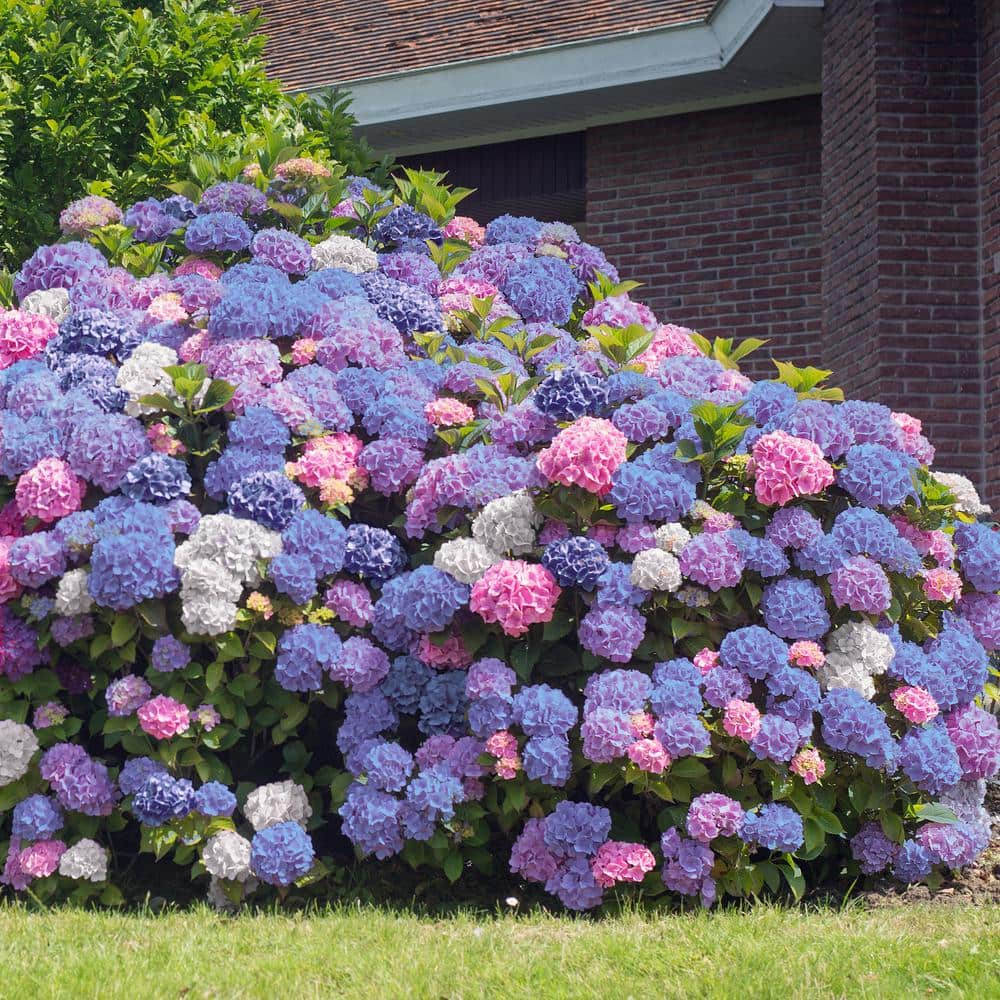
- Juniper trees: These evergreen trees add year-round interest to the garden.
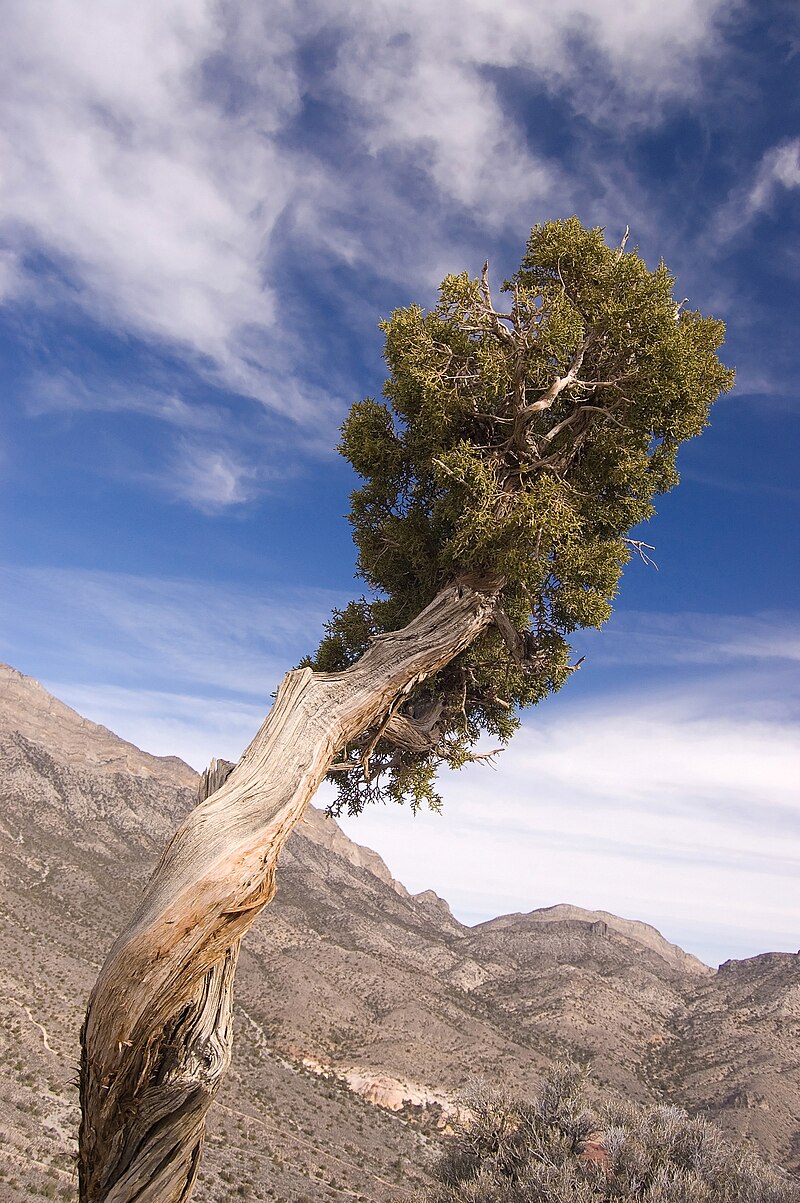
2. What are the benefits of planting companion plants with green velvet boxwood?
There are several benefits to planting companion plants with green velvet boxwood. Some of these benefits include:
- Improved appearance: Companion plants can help to create a more visually appealing landscape by adding contrast in terms of color, texture, and height.
- Increased biodiversity: Companion plants can attract beneficial insects and pollinators, which can help to improve the overall health of the garden.
- Reduced pest and disease pressure: Some companion plants can help to deter pests and diseases that can affect boxwood.
- Improved soil health: Companion plants can help to improve the drainage and fertility of the soil, which can benefit the boxwood plant.
3. What are some things to consider when choosing companion plants for green velvet boxwood?
There are a few things to consider when choosing companion plants for green velvet boxwood. These include:
- Sun exposure: Green velvet boxwood can tolerate full sun to partial shade. When choosing companion plants, it is important to select plants that have similar sun requirements.
- Water needs: Green velvet boxwood is drought-tolerant once established. However, it is important to water companion plants regularly, especially during the first year after planting.
- Soil type: Green velvet boxwood prefers well-drained, slightly acidic soil. When choosing companion plants, it is important to select plants that have similar soil requirements.
- Hardiness zone: Green velvet boxwood is hardy in USDA zones 4-9. When choosing companion plants, it is important to select plants that are hardy in the same zone.
4. How far apart should green velvet boxwood and companion plants be planted?
The spacing between green velvet boxwood and companion plants will vary depending on the size of the plants. However, as a general rule, it is important to allow enough space for the plants to grow and spread naturally.
5. How do I care for green velvet boxwood and its companion plants?
The care requirements for green velvet boxwood and its companion plants will vary depending on the specific plants. However, some general care tips include:
- Water regularly, especially during the first year after planting.
- Fertilize once a year in the spring.
- Prune as needed to maintain the desired shape and size.
- Protect from pests and diseases.
Image of green velvet boxwood companion plants
- Hostas are a great companion plant for green velvet boxwoods because they have similar water and sunlight requirements. They also add a touch of color and texture to the garden.

- Astilbes are another good choice for companion plants for green velvet boxwoods. They come in a variety of colors, including white, pink, and purple, and they add height and interest to the garden.
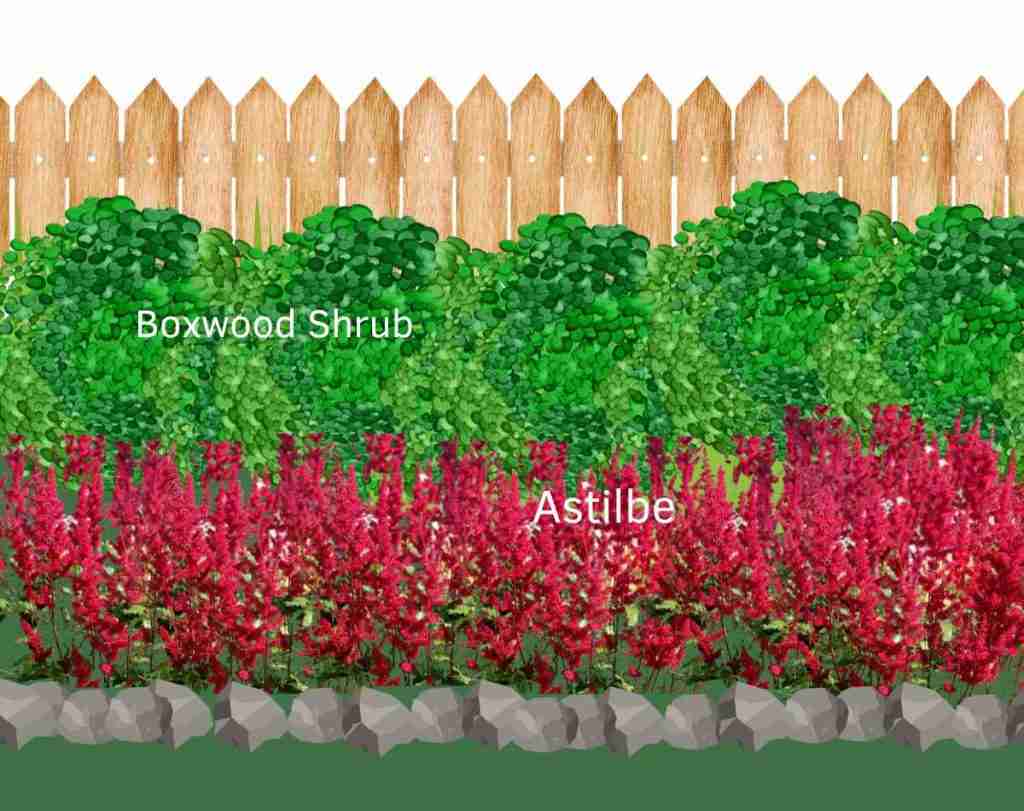
- Daylilies are a popular choice for companion plants because they bloom for a long period of time. They also come in a variety of colors, so you can find the perfect ones to complement your green velvet boxwoods.

- Coral bells are a low-maintenance plant that is perfect for companion planting with green velvet boxwoods. They come in a variety of colors, including red, orange, and yellow, and they add a splash of color to the garden.

- Black-eyed Susans are a cheerful and easy-to-grow plant that is perfect for companion planting with green velvet boxwoods. They come in a variety of colors, including yellow, orange, and red, and they attract butterflies and other pollinators to the garden.
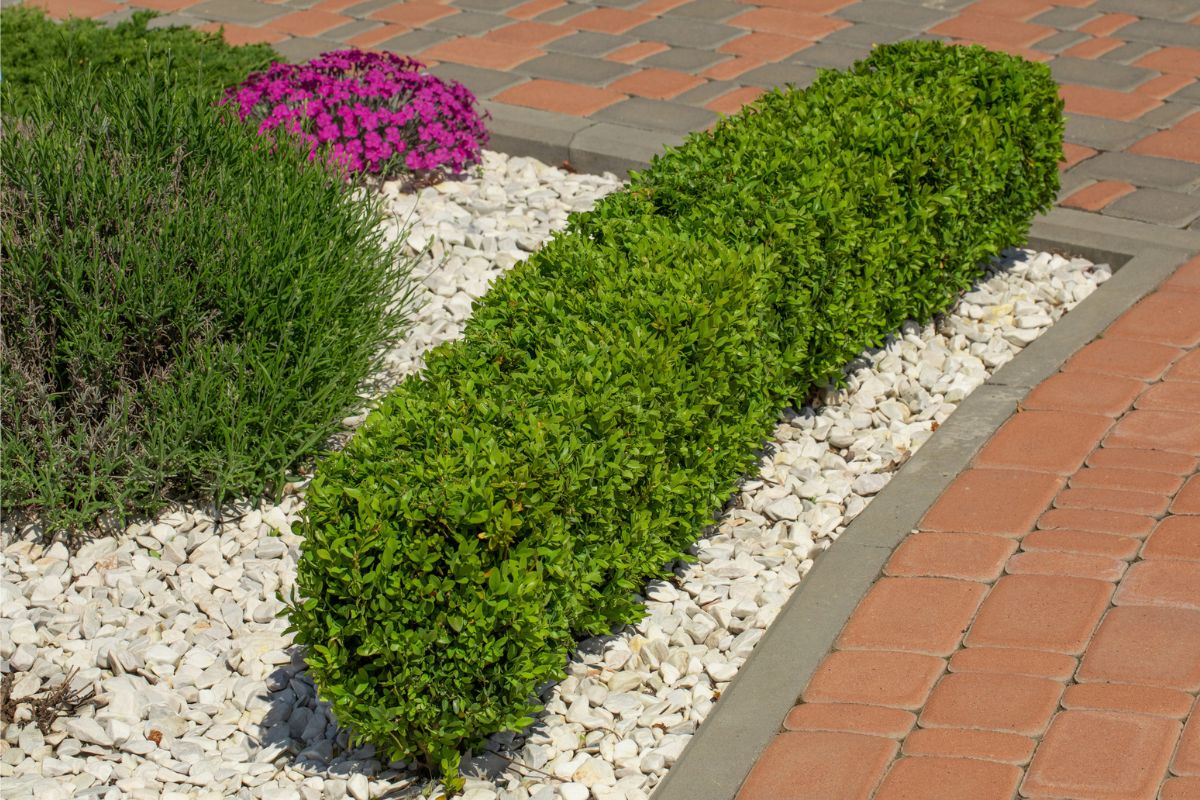
Post a Comment for " Green Velvet Boxwood Companion Plants That Will"